Home Remodeling using FAUX PANELS


Today’s new faux panels are not only a reasonably priced answer to remodeling during a bad economy, but they are also very durable. The latest advances in technology have been perfected and used to come up with a material known as high density polyurethane, which makes these panels virtually indestructible. These stone veneer panels are not affected by water either due to the closed cell structure of the polyurethane, which makes it great for outdoor use or even indoor rooms that may get wet, such as the bathroom or the kitchen. For consumers looking for value for their money in this tight economy, the idea of durability makes these panels even more attractive when dollars are tight.
The realistic look that they provide is due to the fact that the panels are actually molded from actual brick, stone, and rock. Consumers can install these panels and it is difficult to tell they are not real stone. The panels are designed to interlock with each other as well, which means the design will look seamless when it is completed.
Whether consumers today want to add a stone, brick, or rock look to their home exteriors, interior rooms, patios, to office buildings, or other structures, with faux panels they can do so at a reasonable price. With many different styles and options available, FauxPanels.com offers not only affordable pricing, but excellent choices to consumers looking to improve their home at a low cost.
To find out more about faux panels and how you can use them to remodel during a recession, visithttp://www.fauxpanels.com for more information.

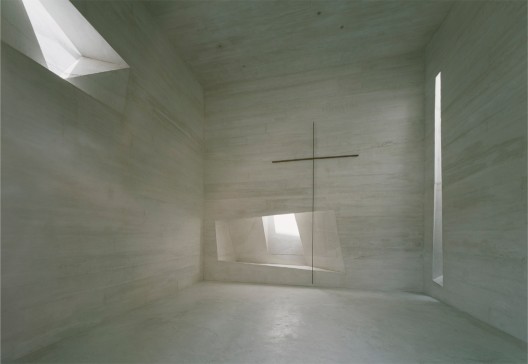
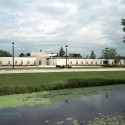
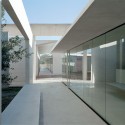
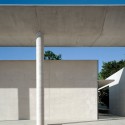
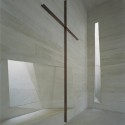
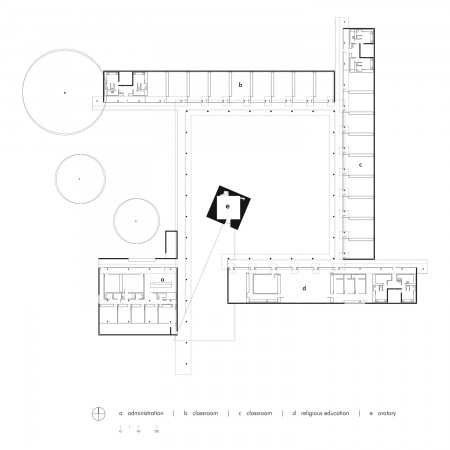
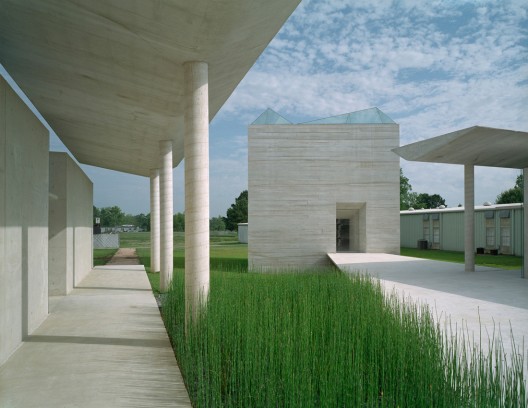
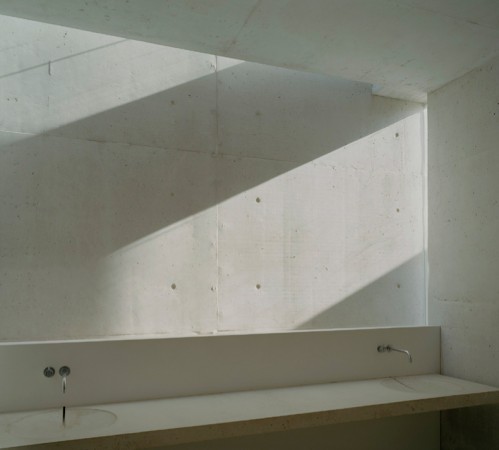
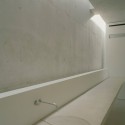
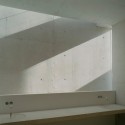
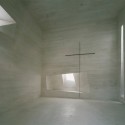
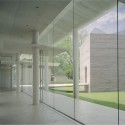
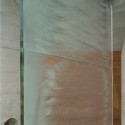
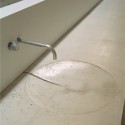
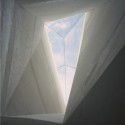
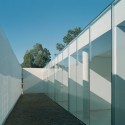
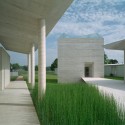
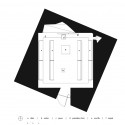
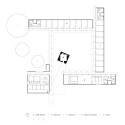
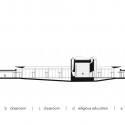




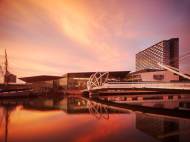
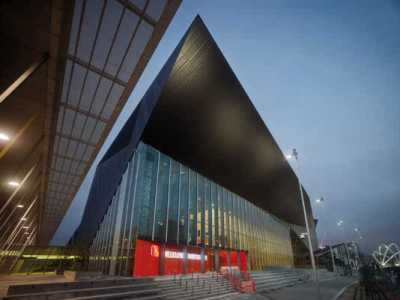
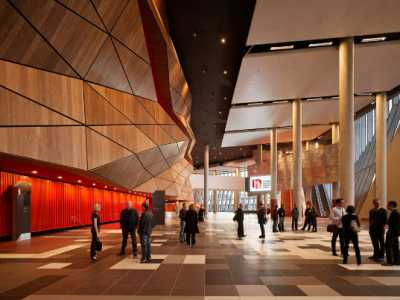




















1 comments: